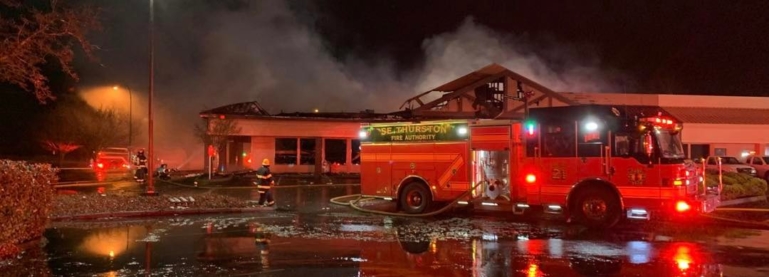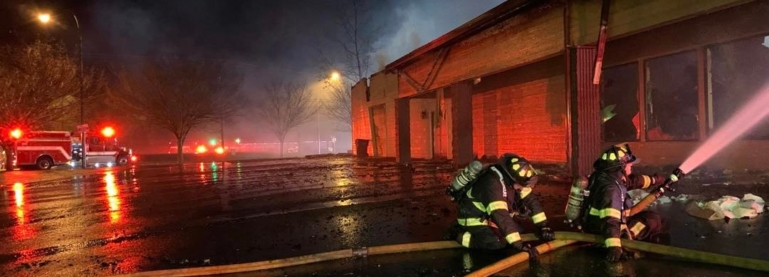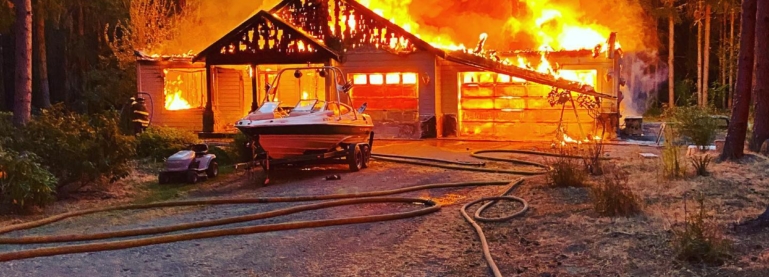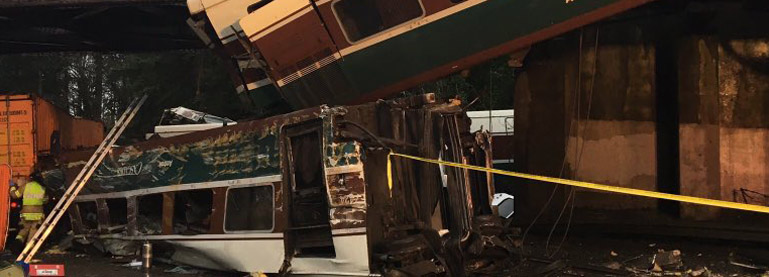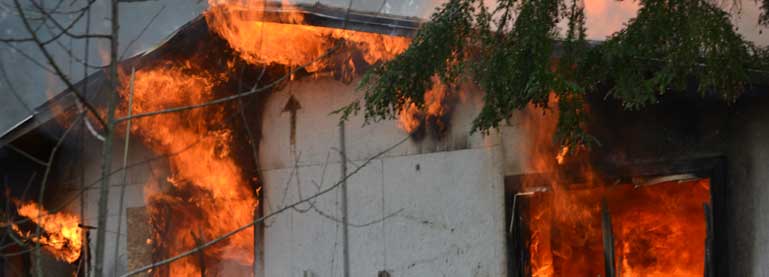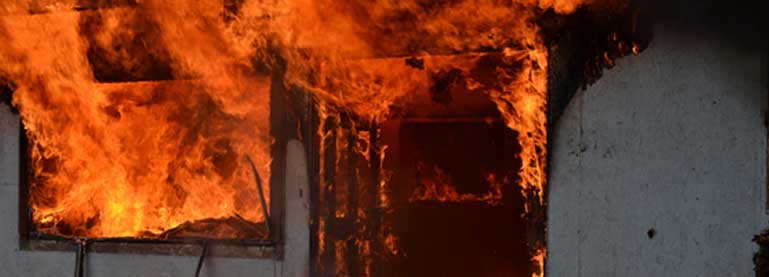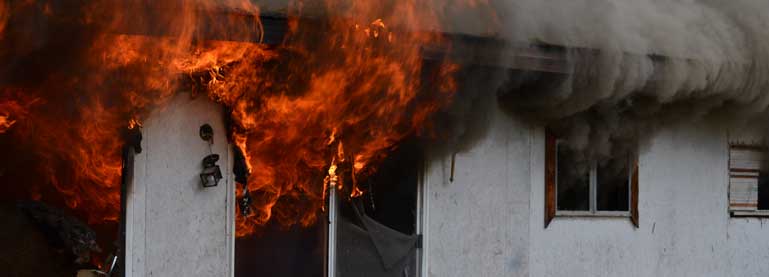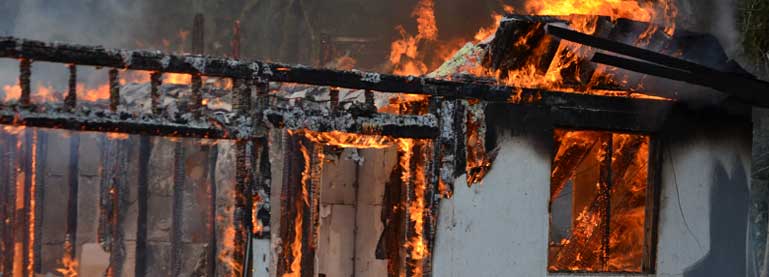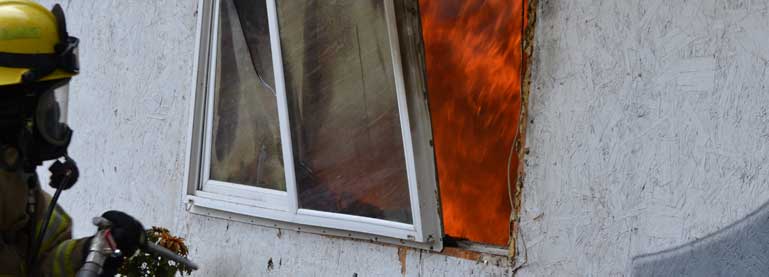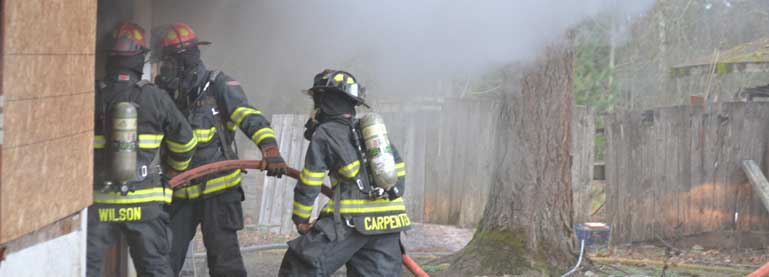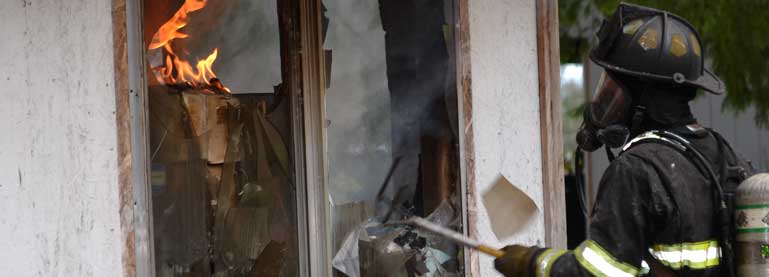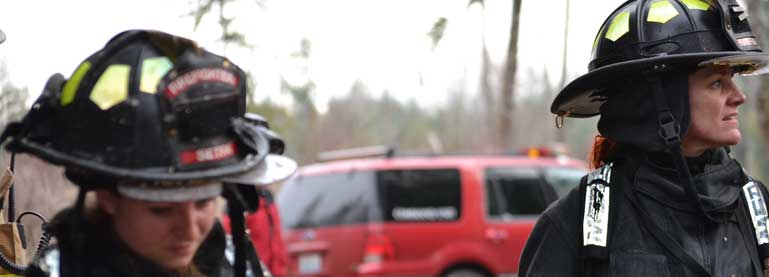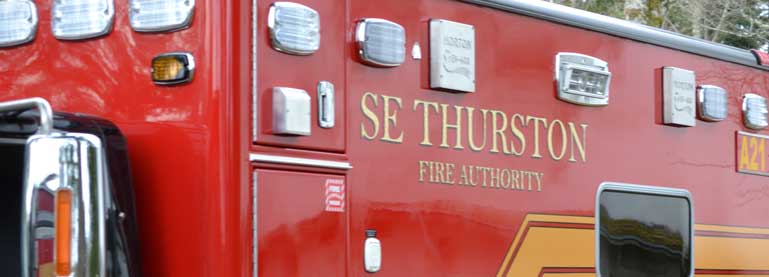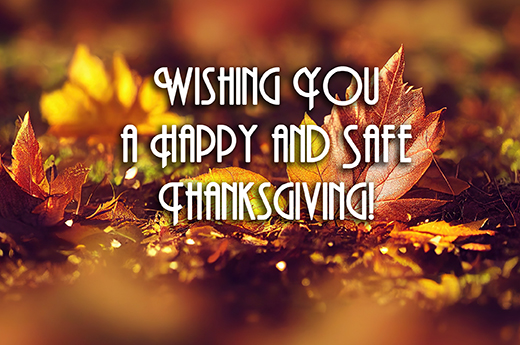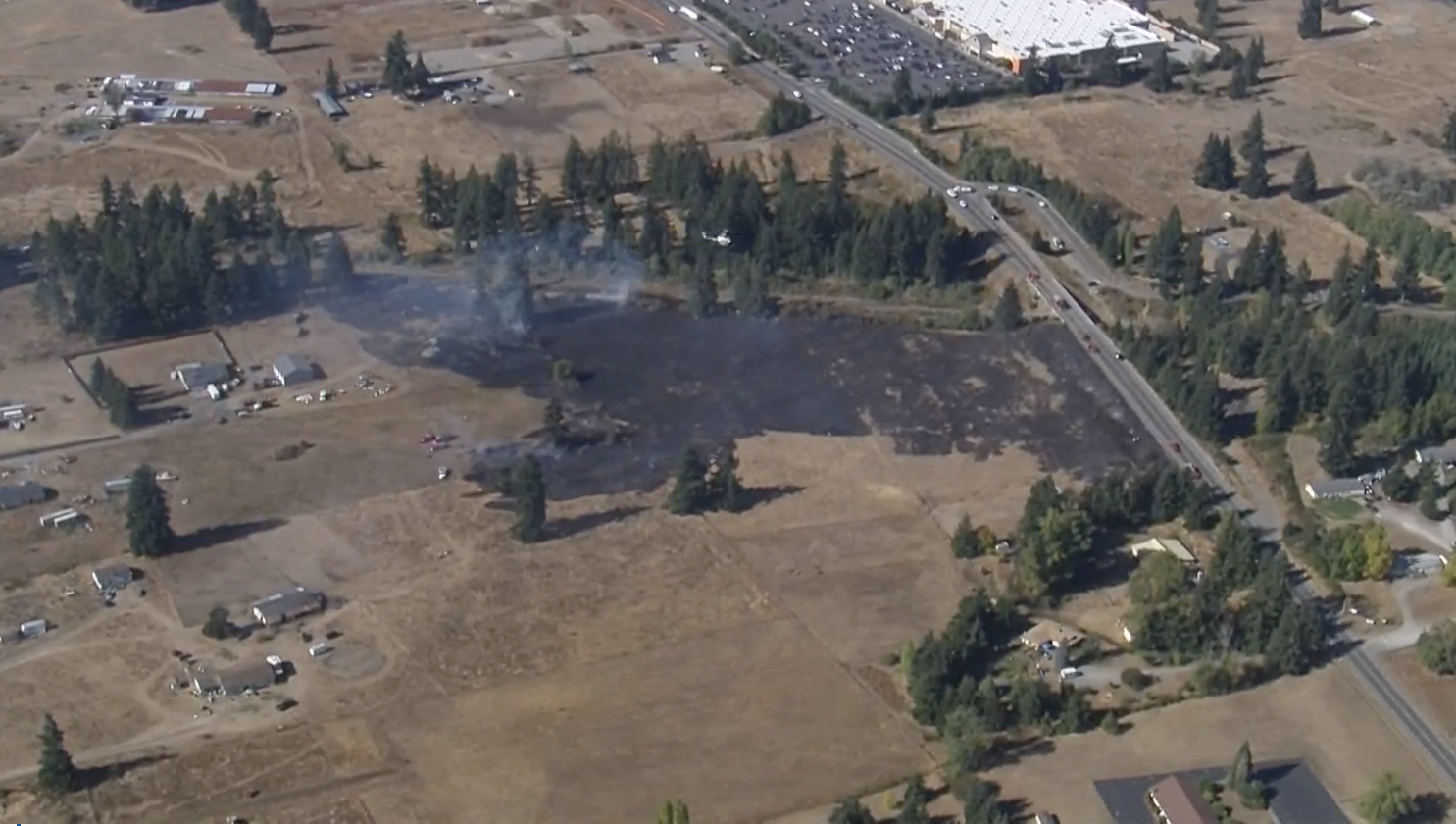S.E. Thurston Fire Authority seeks applicants for Fire Commissioner vacancy in Sub Region 3, Position 1. (see map)
The Board of Commissioners oversees the Fire Authority’s long-term vision and guides the staff in achieving the goals of the Fire Authority. Fire Commissioners attend board meetings once a month and as needed.
Individuals interested in applying should submit a letter of interest to Fire Chief Mark King by 5 December. Letters may be submitted electronically by email to Chief1@setfa.org or hand delivered to the main station located at 709 Mill Road SE in Yelm. First review of applications is 7 December 2022.
Individual who have submitted letters of interest should also plan to attend the December 7, 2022 Board of Fire Commissioners meeting on December 7, 2022 at 1700 for interviews.
Whomever is appointed to this position will serve until 2023 and will have to run for re-election then.

